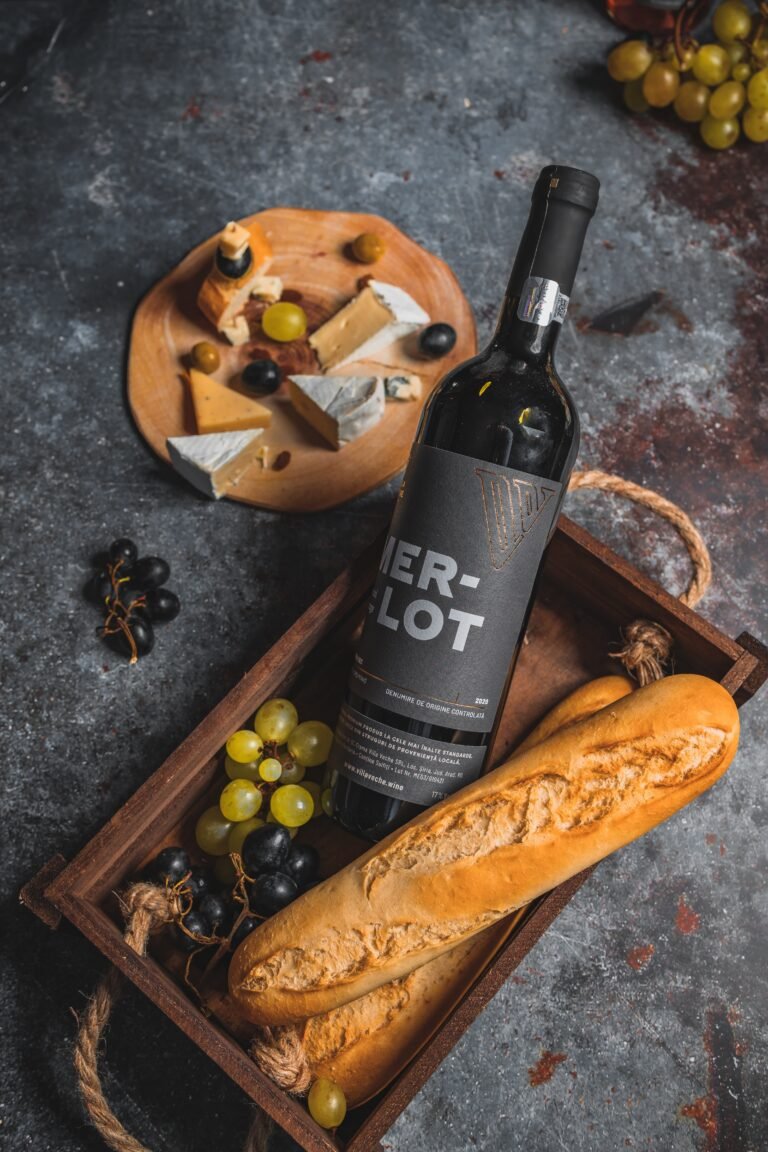Embarking on a journey through the vast realm of wines can be a fascinating experience, and one term that frequently captures the attention of connoisseurs is “dry white wine.” The nuanced flavors, the delicate aromas, and the sheer versatility of this particular wine variety make it a favorite among enthusiasts.
Unveiling the Essence: Understanding Dry White Wine
At the heart of our exploration lies the concept of dry white wine. In essence, “dry” in the world of wines refers to the absence of residual sugar, making it less sweet compared to its counterparts. The term “dry” might be misleading for some, as it doesn’t indicate a lack of flavor but rather a sophisticated balance that appeals to those with a penchant for less sweetness in their wine.
Dry white wine, often celebrated for its crispness and acidity, is a universal companion for a variety of occasions. From casual gatherings to fine dining experiences, its adaptability is unmatched. To truly appreciate the beauty of this wine, let’s delve into some popular varieties and their unique characteristics.
The Diverse Palette: A Glimpse into Dry White Wine Varieties
Albarino Wine: A Spanish Delight
Our journey commences with Albarino, a Spanish white wine celebrated for its vibrant acidity and citrusy notes. It’s the perfect choice to accompany seafood dishes, exemplifying the compatibility of dry white wine with various culinary delights.
Marsala Wine: A Taste of Italy
As we meander through the vineyards of Italy, Marsala wine steals the spotlight. This fortified wine adds a touch of richness and depth, offering a unique profile that sets it apart from the more traditional dry white wines.
Vouvray Wine: The Elegance of Chenin Blanc
Transitioning to France, we encounter Vouvray wine, crafted from the versatile Chenin Blanc grape. Its wide range, from dry to sweet, showcases the grape’s adaptability, proving that even within the realm of dry white wine, diversity is the key.
The Spectrum of Sweetness: Navigating White Wine Sweetness
Understanding the sweetness levels of white wine is essential for enthusiasts aiming to find their perfect match. The white wine sweetness chart serves as a valuable guide, outlining the spectrum from bone-dry to lusciously sweet.
Deciphering the White Wine Sweetness Chart
On this chart, Albarino and Vouvray may lean towards the drier side, offering a crisp and refreshing experience. Marsala, with its fortified nature, introduces a subtle sweetness, creating a delightful balance. Exploring these variations helps in pinpointing personal preferences amidst the wide array of choices.
From Red to White: Exploring the Lighter Side
While red wines often steal the spotlight, the charm of light red wines should not be underestimated. Their subtle flavors and versatility make them an excellent choice for those seeking a departure from the bolder reds.
Gamay Wine: A Light-Hearted Delight
Gamay, renowned for its light body and fruity profile, showcases that red wines can also be enjoyed on the lighter side. Its approachable nature makes it an ideal choice for casual gatherings and pairs wonderfully with a variety of dishes.
Pairing Perfection: Finding the Ideal Companion
Pairing wine with food is an art in itself, and discovering the ideal match can elevate the dining experience. Dry white wine, with its versatility, offers a wide range of pairing possibilities.
Best Wine for Pizza: A Casual Affair
When it comes to a classic slice of pizza, a light and dry white wine can be the perfect partner. The crisp acidity cuts through the richness of the cheese and complements the varied toppings, creating a symphony of flavors.
Salmon Wine Pairing: A Match Made in Culinary Heaven
For seafood enthusiasts, the question often arises: What wine pairs best with salmon? Dry white wine, especially Albarino or Vouvray, proves to be an excellent choice. The acidity of the wine complements the richness of the fish, creating a harmonious blend of textures and flavors.
The Technicalities: From Wine Legs to Dryness Scale
For those diving deeper into the world of wine, technical terms like “wine legs” and “dryness scale” may pique curiosity. Understanding these elements adds another layer to the appreciation of the beverage.
Wine Legs: Unveiling the Mystery
Witnessing the “legs” on the side of a wine glass is often considered a sign of quality. These droplets that form and trickle down the glass after swirling indicate the viscosity of the wine. While not a definitive measure of quality, it adds a visual dimension to the tasting experience.
Wine Dryness Chart: Finding the Perfect Balance
The wine dryness chart serves as a valuable tool for enthusiasts navigating the vast landscape of wine. From bone-dry to lusciously sweet, understanding where a wine falls on this chart aids in selecting the perfect bottle to suit individual preferences.
Calories and Carbs: Navigating the Health Aspect
For those mindful of their health, questions about the calorie and carb content of wine often arise. Dry white wine, with its lower sugar content, tends to be a favorable choice for those watching their calorie and carbohydrate intake.
Calories in Red Wine vs. White Wine
Comparing the calorie content of red and white wine, the latter generally takes the lead in the lower calorie count. This makes it a suitable option for those looking to enjoy a glass of wine without a significant caloric impact.
Carbs in Wine: Understanding the Basics
Concerns about carbohydrate intake lead many to inquire about the carb content in wine. Dry white wine, being lower in residual sugar, naturally has fewer carbs compared to its sweeter counterparts, aligning it with low-carb lifestyle choices such as the keto diet.
Decoding the Wine World: Red vs. White, Old World vs. New World
The world of wine extends beyond flavors and aromas, encompassing the distinctions between red and white wines, as well as the realms of Old World and New World wines.
Red Wine vs. White Wine: A Matter of Preference
The debate between red and white wine enthusiasts has been ongoing, with each camp passionately defending their choice. The key lies in personal preference, as red wines tend to be bolder and richer, while white wines offer a lighter and crisper experience.
Old World vs. New World Wine: A Tale of Tradition and Innovation
Exploring wine regions unve
ils the distinction between Old World and New World wines. Old World wines, rooted in tradition, reflect the terroir of their regions, while New World wines embrace innovation, often showcasing a fruit-forward and bold character.
Conclusion: A Toast to the Delightful Complexity of Dry White Wine
As we conclude our journey through the enchanting world of dry white wine, it becomes evident that its appeal goes beyond mere preference; it’s a celebration of diversity, craftsmanship, and the joy of savoring life’s moments. Whether enjoying a crisp Albarino by the seaside or savoring the richness of Marsala with a decadent dessert, the world of dry white wine invites exploration and discovery.
So, the next time you uncork a bottle, take a moment to appreciate the intricate dance of flavors, the artistry behind each sip, and the timeless joy that a glass of dry white wine brings. Cheers to the nuances, the complexities, and the sheer delight encapsulated in every drop!









